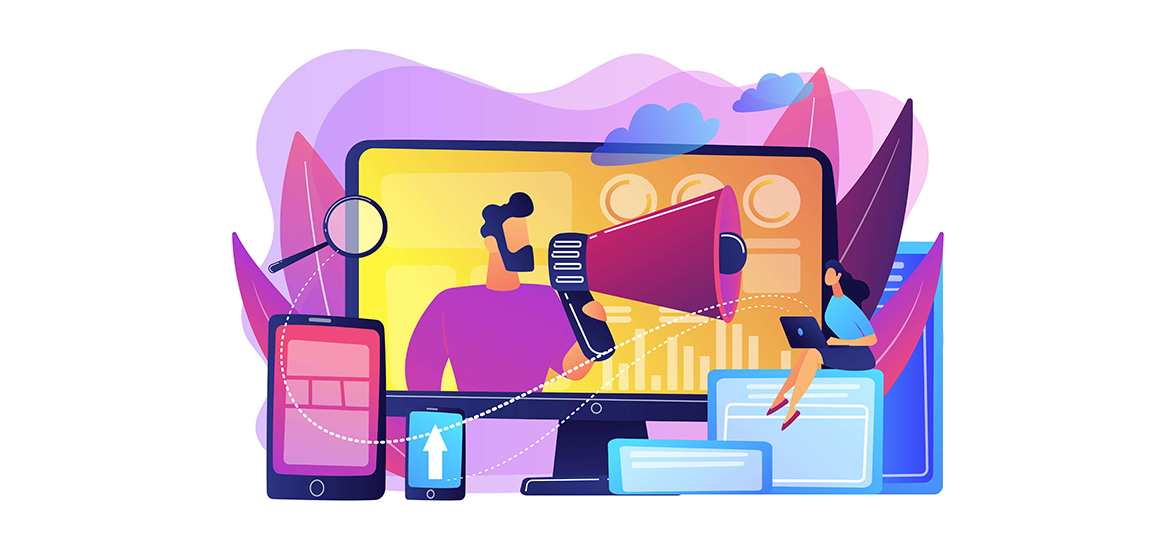
Google Ads and Facebook Ads are two major players in the digital advertising landscape, each offering distinct advantages and serving different advertising goals. At Digital marketing agency Atomic leap, we bake the scientific approach into everything we do, and competitor PPC, Paid Social are very much part of this.

Google Ads is a powerful online advertising platform developed by Google, allowing businesses to display their ads to users across a variety of Google-owned platforms, websites, and partner sites. It’s a pay-per-click (PPC) advertising system, where advertisers bid on keywords and pay when users click on their ads. Google Ads provides a robust suite of tools and features for creating, managing, and optimizing ad campaigns.
In essence, Google Ads is a dynamic advertising platform that empowers businesses to connect with potential customers precisely when they are most interested, making it an essential tool for modern marketing strategies.
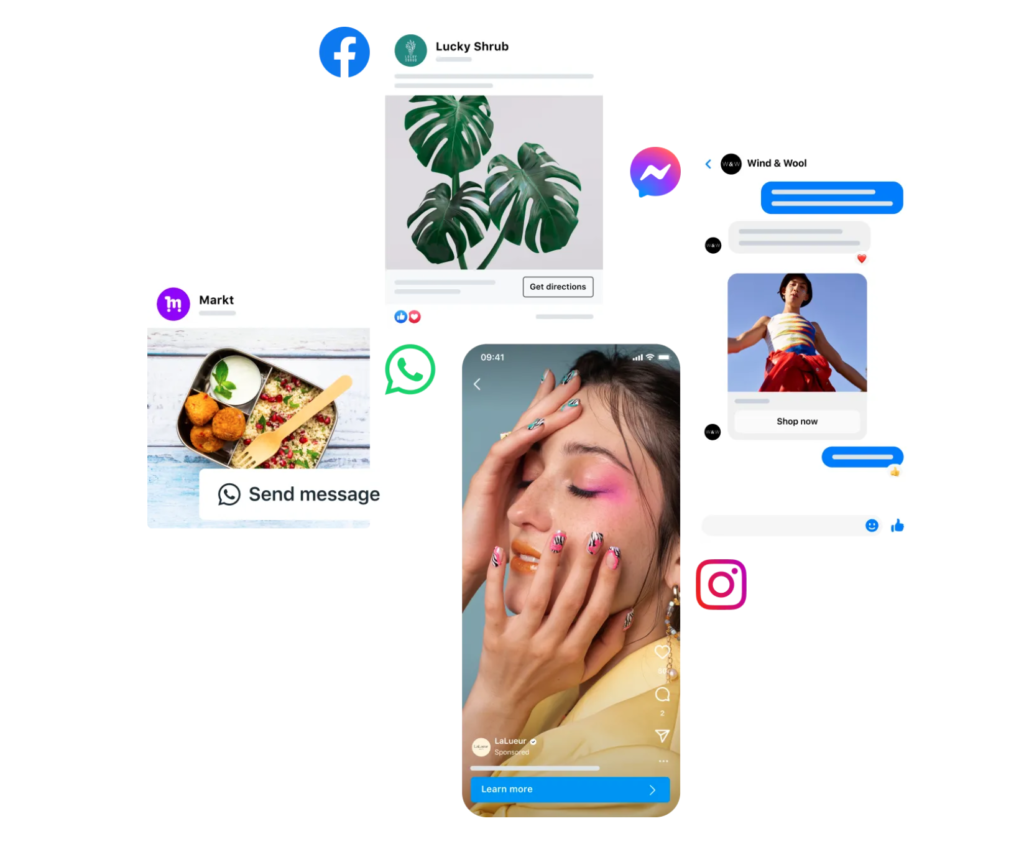
Facebook Ads is a comprehensive advertising platform offered by Facebook, allowing businesses to create and display ads across Facebook and its family of apps, including Instagram and Messenger. This platform enables advertisers to reach a vast and diverse user base while providing an array of tools to design, manage, and analyze ad campaigns.
In summary, Facebook Ads empowers businesses to craft engaging, targeted, and visually appealing ad campaigns, fostering meaningful interactions with their audience across Facebook’s extensive network of platforms. It has proven to be a valuable tool for businesses aiming to connect with their ideal customers and achieve their marketing goals.
In the dynamic realm of online advertising, Google Ads and Facebook Ads are two giants, each with its unique strengths and strategic focus. Understanding these platforms’ fundamental differences is essential for businesses aiming to maximize their advertising impact.

Google Ads: Google Ads primarily taps into user intent. It targets individuals actively searching for specific products, services, or information. Advertisements appear within search results, aligning with users’ immediate needs and purchase intent.
Facebook Ads: Facebook Ads are more about discovery. They engage users based on their interests, behaviors, and demographics, often introducing them to products or services they may not have actively searched for.
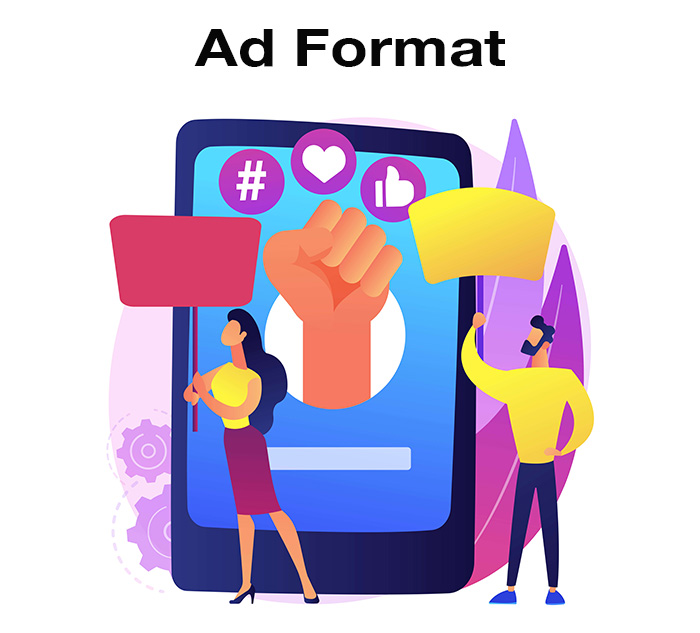
Google Ads: The predominant ad format is text-based, displayed within search results or on websites participating in the Google Display Network. Visual elements are typically minimal.
Facebook Ads: Facebook Ads emphasize visuals, with a variety of formats like images, videos, carousels, and slideshows. This platform excels in delivering visually engaging content.
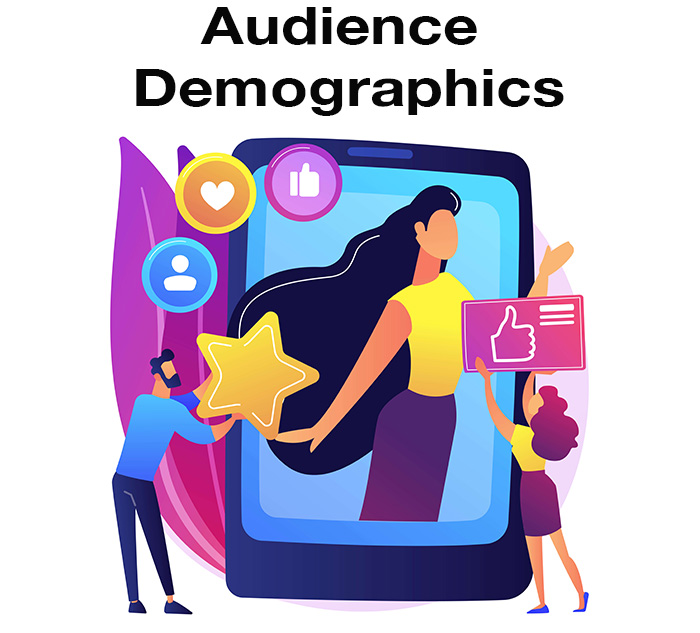
Google Ads: Google Ads’ strength lies in its wide user base, but demographics targeting is less precise. It appeals to a broad range of users actively seeking information or solutions.
Facebook Ads: Facebook offers intricate audience targeting based on demographics, interests, behaviors, and more. Advertisers can reach specific customer personas with tailored messaging.
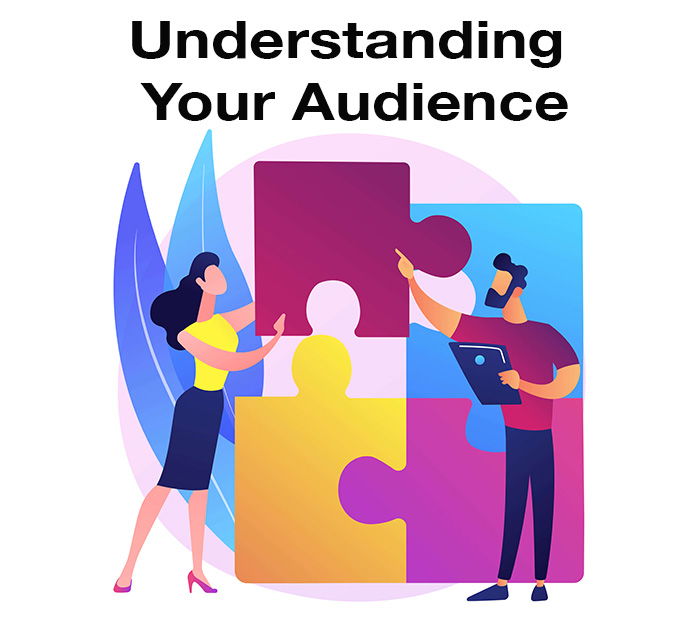
Google Ads: Knowing your audience’s search intent is critical. Craft ads that directly address their queries, offering solutions or products that match their needs.
Facebook Ads: Understand your audience’s interests and preferences. Create visually compelling content that resonates with their lifestyles and aspirations.
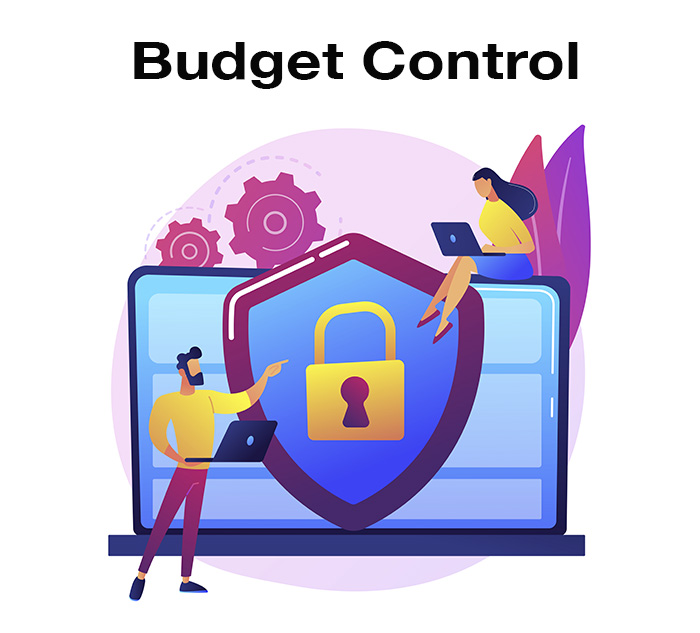
Google Ads: Requires budget allocation for keyword bidding, with potential for higher costs in competitive niches.
Facebook Ads: Provides flexible budget options, making it suitable for businesses with varying financial resources.
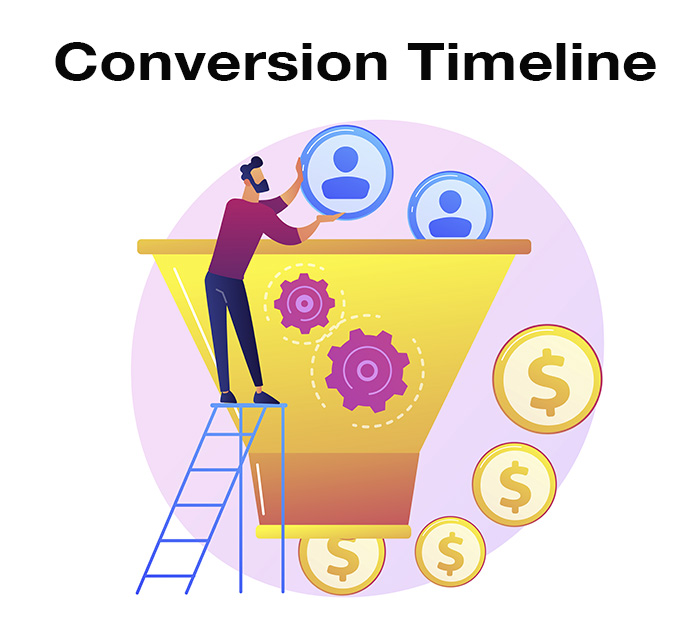
Google Ads: Can lead to quicker conversions due to high user intent.
Facebook Ads: May require longer conversion timelines, particularly for brand building and awareness.
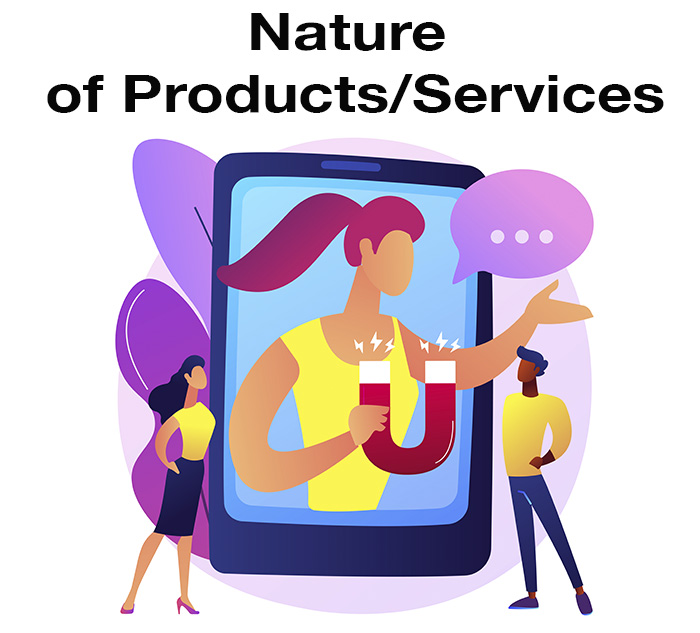
Google Ads: Ideal for businesses with products or services in high demand or with immediate purchase intent.
Facebook Ads: Effective for introducing new or unique products, building brand identity, and fostering long-term relationships.
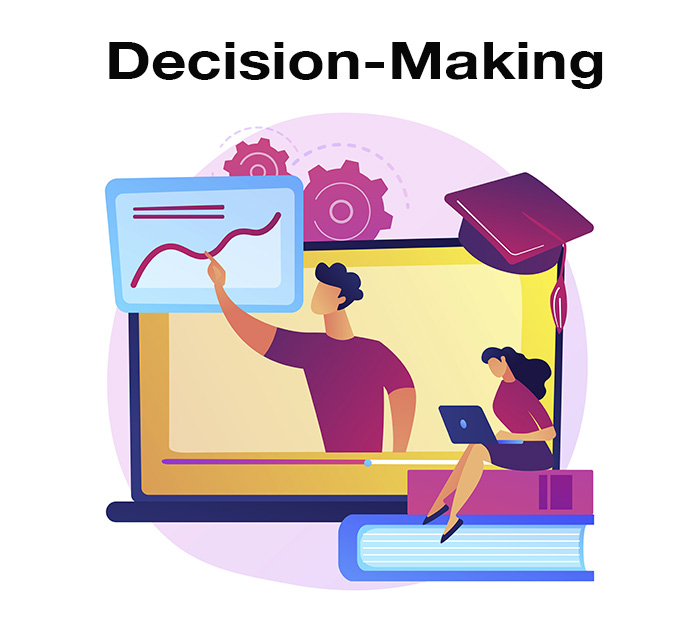
Google Ads: Influences users ready to make a decision, often near the end of the customer journey.
Facebook Ads: Shapes preferences and influences users at various stages of the customer journey.
Understanding these key differences is essential for businesses to make informed decisions about which platform aligns best with their advertising goals and target audience.
Interested in PPC in Bristol, Paid Social, or both, but not sure how to get started? Hit us up & our PPC & Paid Social team would love to chat with you!
Liked the article? Don’t forget to share it on social networks.

ABOUT THE AUTHOR
Wayland Coles is MD and Founder performance marketing agency Atomic Leap, where he helps businesses of all sizes capitalize on the power of PPC marketing.
LinkedIn: Wayland Cole